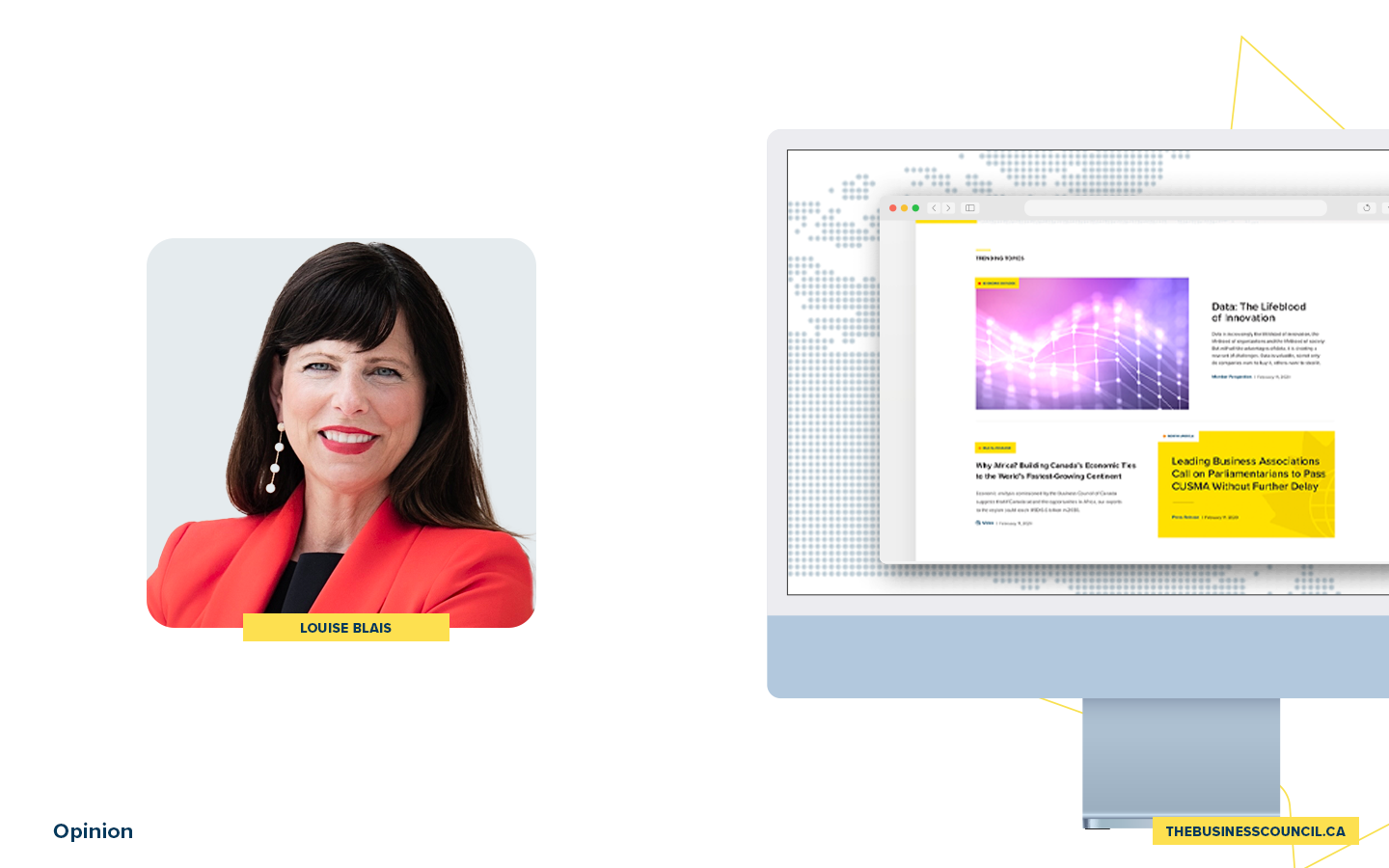Adios ‘Three Amigos’, ¡Hola! ‘El Trio’: Canada and Presidenta Sheinbaum
As published in Policy Magazine
With Claudia Sheinbaum’s landslide victory in Mexico’s presidential election, North America finally gets its first Jewish head of government and Mexico gets North America’s first elected woman leader.
And just like that, the “Three Amigos” trilateral branding that has framed North American Leaders Summits (NALS) since 2005 needs to be mothballed and replaced by something less unwieldy than “Two Amigos and an Amiga”. Perhaps the gender-neutral and trilingual “Trio”? You read it here first.
In Canada, Kim Campbell was our unelected head of government for a few months in 1993, and in the United States, Hillary Clinton was the Democratic nominee for president in 2016. Fast forward eight years, and Mexico snags the big gender-progress prize. In the recent Washington Post piece How Mexico, bastion of machismo, got a female president before the U.S., Mary Beth Sheridan and Lorena Rios address the change in political culture south of the Rio Grande.
“So many senior positions in government here are held by women,” they write, “that gender wasn’t a big topic in the presidential race.”
The transformation is not limited to gender and politics. The Mexican economy has also expanded rapidly, along with its consumer market. That growth is set to continue to accelerate.
As Sheinbaum prepares for her inauguration to a six-year term on October 1, we can expect her to seek a more proactive and productive working relationship with Washington. She has been clear on the campaign trail that she will work cooperatively with any American president, noting bilateral economic integration and the fact that Mexico is now America’s most important trading partner, surpassing Canada in 2023. Sheinbaum has also signaled that she will demand that Mexico be treated with respect and as an equal: Less grandstanding compared with her predecessor and mentor, Lopez Obrador, but no less assertive.
The road will be bumpy, to be sure. And Republicans will paint her as leftist. Yet stylistically, Sheinbaum stands a better chance of smoothing out some of the rough edges in the relationship.
What does this mean for Canada?
Overall, stronger Mexico-United States relations would be a net positive for us, since many key issues require trilateral cooperation. Chief among them, the renewal of the Canada-United States-Mexico Agreement (CUSMA) — a.k.a”the new NAFTA” — in 2026. Here, Sheinbaum has been unequivocally supportive. Yet, she will have to navigate growing apprehension regarding Chinese investments as well as other irritants. This will require finesse and agility in engaging with both the White House and Congress. Everything we’ve seen points to her ability to do this.
She speaks English fluently, completed her PhD in energy engineering at the Lawrence Berkeley National Laboratory (LBNL) in California, and was a contributing scientist on the United Nations Intergovernmental Panel on Climate Change (IPCC) in 2007. As such, she will more comfortable inside and outside the beltway than her predecessor, who does not even like to travel.
In Canada, we should resist the tendency to regard Mexico as a competitor vis-à-vis the U.S. and instead recognize in the new president a more compelling ally in our primary shared interest, implementing and renewing CUSMA.
Sheinbaum also has political legitimacy, having solidified her party’s position across the country. American politicians on both sides of the aisles have a track record for respecting domestic power.
In Canada, we should resist the tendency to regard Mexico as a competitor vis-à-vis the U.S. and instead recognize in the new president a more compelling ally in our primary shared interest, implementing and renewing CUSMA.
More broadly, we should avoid the trap of only seeing Mexico through the prism of our relationship with the U.S.. With the advent of the Sheinbaum presidency, the context is conducive to adopt a more ambitious bilateral cooperation agenda. We should look to work closely together on the energy transition, securing supply chains, supporting SMEs (including women-owned or -led) and workforce mobility.
Canada should also explore more regular pathways to collaborate closely with Mexico within multilateral organizations. At the UN, where we enjoy friendly relations at the personal level among our diplomats, including with the current permanent representative, Juan Ramón de la Fuente (rumored to be Sheinbaum’s choice for foreign minister), we have left too much on the table. We have not leveraged this sufficiently in terms of co-leading initiatives together, in part because Ottawa and Mexico City have not developed the required level of trust and familiarity.
The G20 is another forum where we could team up more effectively. We rely too much on European counterparts within this grouping to counterbalance our systemic rivals. But EU members have their own continental priorities, and they do not always align with ours. Whether we fully appreciate this or not, there is such a thing as regional economic competition. We would benefit from changing these old reflexes that no longer serve us. Deepening our ties closer to home will only strengthen our position vis-à-vis both other allies and rivals.
Among the big and small gestures, Canada should send a senior government delegation to the presidential inauguration and the North Capital Forum that will immediately follow. That contingent should include leaders from the private sector. Among others, the Business Council of Canada and the Consejo Coordinator Empresarial, have developed strong rapport through a series of recent initiatives and visits. That relationship should be leveraged.
Corporate Canada is healthily present in Mexico via major investments in the auto sector (Martinrea, Linamar and Magna) and extractive industries. In addition, companies such as TC Energy and CPKC (formerly Canadian Pacific, now Canadian Pacific Kansas City), have become important actors building critical infrastructure and creating catalytic development across communities.
As the Mexican economy continues to expand and mature, Canada should build on these close corporate ties working with every level of government at home to try and increase the currently meagre flow of inward investment from Mexico.
As a matter of fact, this imbalance should be addressed by Mexican companies if they wish to be that equal partner. And just as crucial, in the nearshoring game, internal competition can only take us so far. Working synergistically together would further boost our continental competitiveness and serve as a buffer from global shocks.
President-Elect Sheinbaum and her upcoming administration present a once-in-a-generation chance to intensify bilateral ties to our mutual benefit while finally putting all of North America at the centre of our foreign policy.









